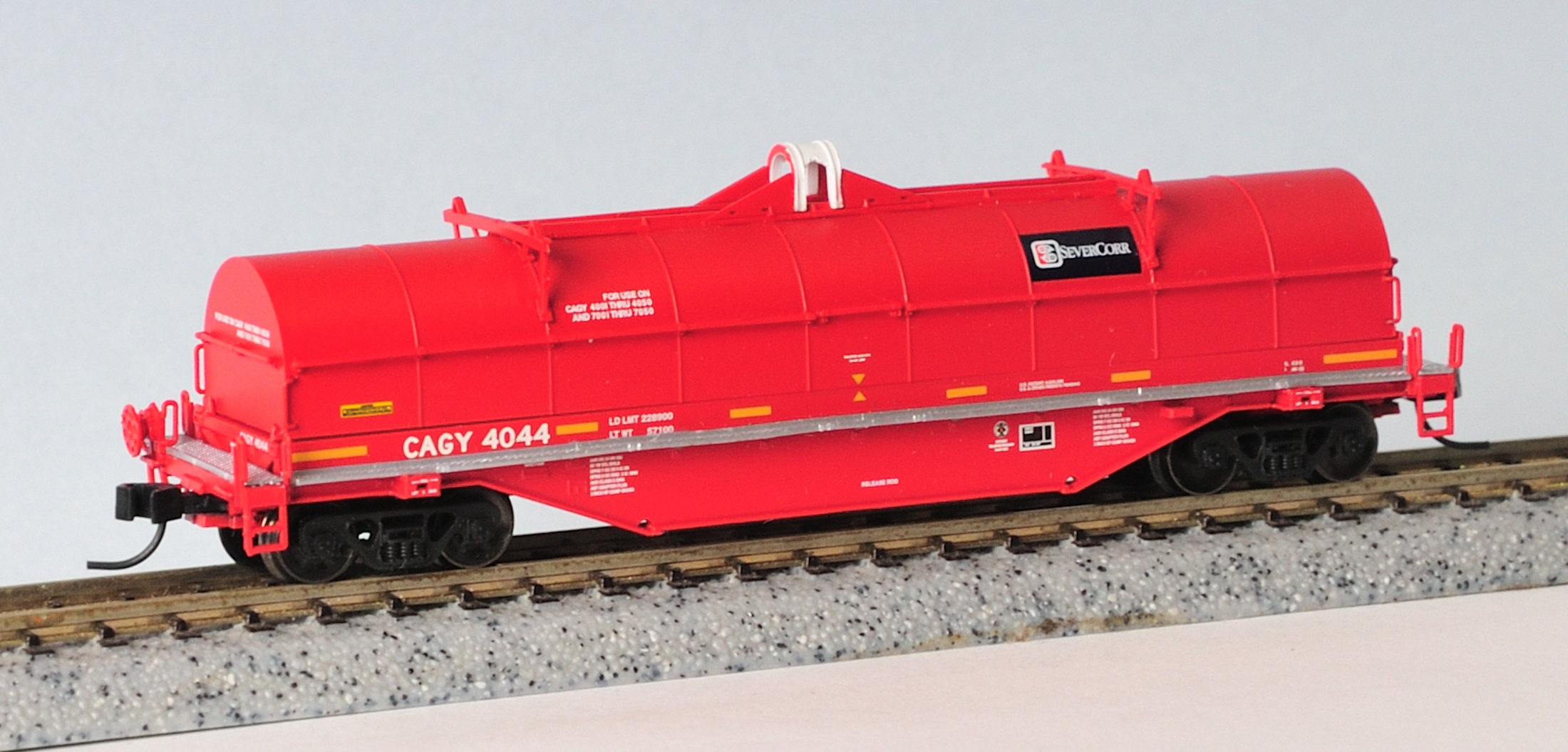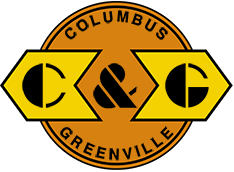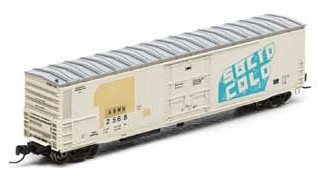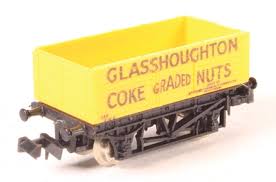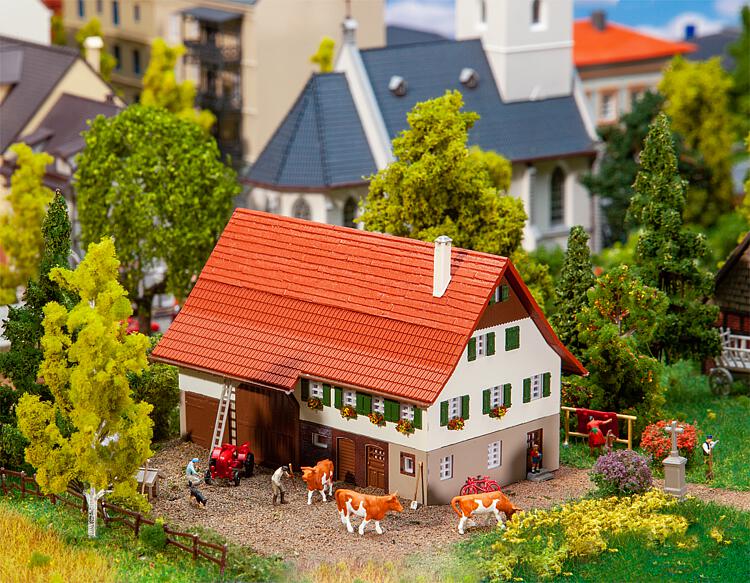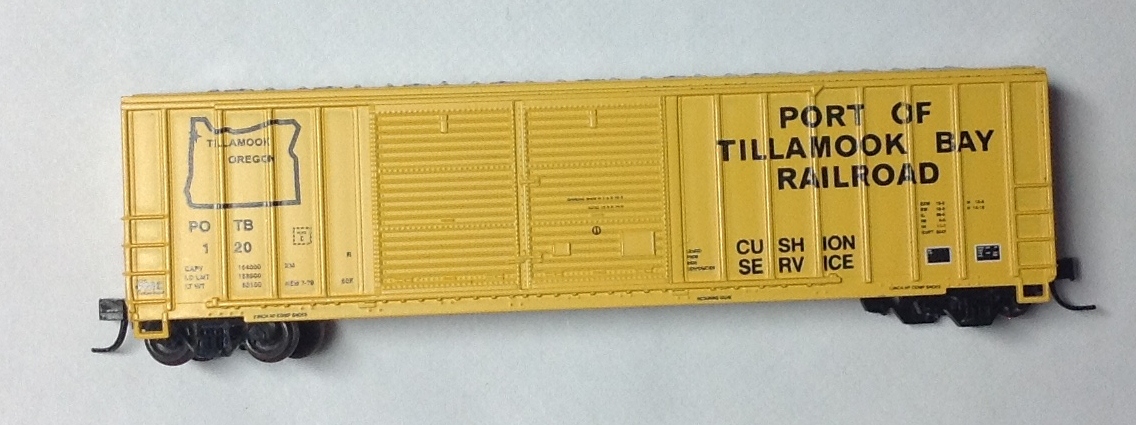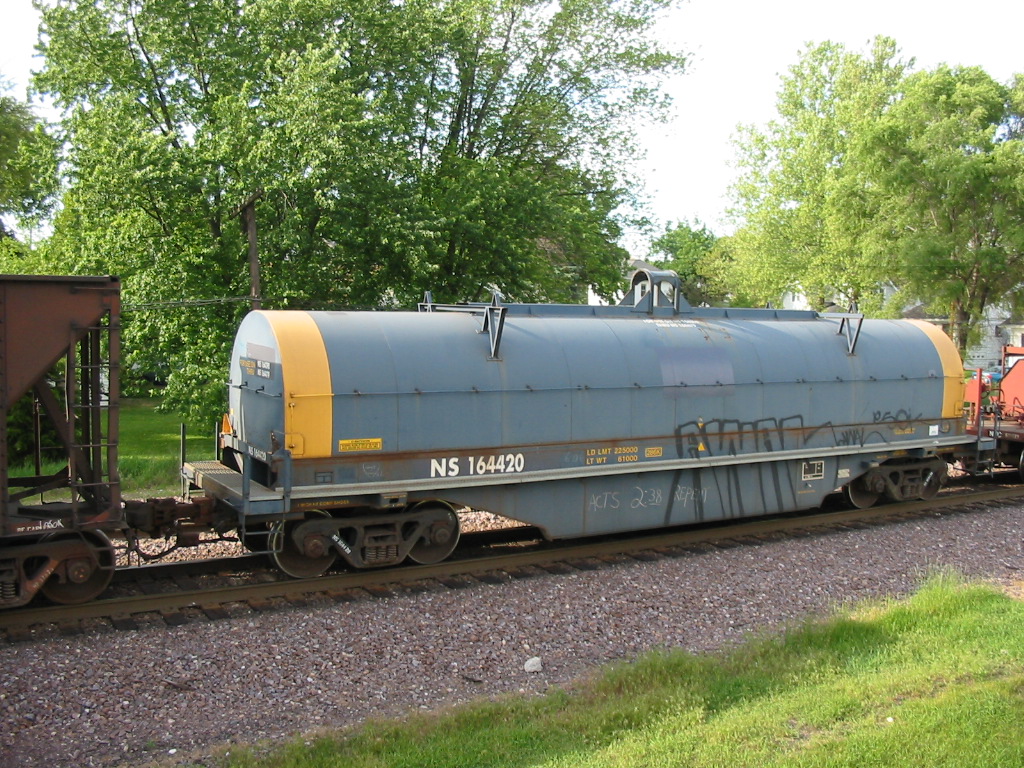Model Information: This model was introduced by Atlas in 2012 with 5 road names, 6 paint schemes and an undecorated model. They feature
prototypical painting and lettering,
see-through walks,
removable hood, and
inside floor detail.
Prototype History: The increased volume of coiled steel transportation gave rise to a new purpose-built freight car. Previously rolls of coiled-steel had generally traveled in specially equipped gondola cars. In the 1960s a lighter type of car emerged specifically for hauling coils of steel in an integral trough. The car type gained popularity and eventually over 17,000 cars were built. One common model was the 42 foot design with a distinctive fishbelly side sill.
The Greenbrier 42’ gondola car is specifically designed for transporting steel coils. The inside trough and top cords ensure the steel is secure during transit. Our steel coil gondola design is capable of shipping coils ranging from 30” to 84” in diameter. They also provide a custom fit, reliable cover to protect your steel until it is unloaded at its destination.
The Greenbrier 42’ gondola car is specifically designed for transporting steel coils. The inside trough and top cords ensure the steel is secure during transit. Our steel coil gondola design is capable of shipping coils ranging from 30” to 84” in diameter. They also provide a custom fit, reliable cover to protect your steel until it is unloaded at its destination.
Road Name History: If you've seen a boxcar or gondola with "CAGY" reporting marks, that's Columbus & Greenville. Before 1975, the reporting marks were C&G. In 1894, Southern Railway established the Southern Railway of Mississippi to take over a previous line linking Columbus, Mississippi near the Alabama border with Greenville near the Arkansas border (about 175 miles,) effectively bisecting the Magnolia State. In 1924, Southern dumped the line which was then taken over by local interests under the Columbus & Greenville name. In 1972, C&G was faced with the impending merger of Illinois Central and Gulf Mobile & Ohio. Of C&G's 15 junctions with other lines, 13 were with IC or GM&O. They petitioned to be included in the ICG merger and the government agreed. ICG bought the C&G. The following year, a major washout severed the line. ICG was not enthusiastic about fixing the washout despite local pressure. ICG suggested that local interests buy the line and fix it themselves and in 1975, that's exactly what happened. It was then that the reporting marks were changed to CAGY. In 1985, CAGY purchased some intersecting lines from ICG bringing the total mileage up to 242 (making it a bit larger than Elgin Joliet & Eastern in comparison.)
For years, Columbus & Greenville had been a stronghold for Baldwin diesels with EMD’s and even a Whitcomb switcher in supporting roles. Today, the Baldwins are long gone, replaced by secondhand EMD’s.
For years, Columbus & Greenville had been a stronghold for Baldwin diesels with EMD’s and even a Whitcomb switcher in supporting roles. Today, the Baldwins are long gone, replaced by secondhand EMD’s.
Brand/Importer Information: In 1924 Stephan Schaffan, Sr. founded the Atlas Tool Company in Newark, New Jersey. In 1933 his son, Stephan Schaffan, Jr., came to work for his father at the age of sixteen. Steve Jr. built model airplanes as a hobby and frequented a local hobby shop. Being an enterprising young man, he would often ask the owner if there was anything he could do to earn some extra spending money. Tired of listening to his requests, the hobby-store owner threw some model railroad track parts his way and said, "Here, see if you can improve on this".
In those days, railroad modelers had to assemble and build everything from scratch. Steve Jr. created a "switch kit" which sold so well, that the entire family worked on them in the basement at night, while doing business as usual in the machine shop during the day.
Subsequently, Steve Jr. engineered the stapling of rail to fiber track, along with inventing the first practical rail joiner and pre-assembled turnouts and flexible track. All of these products, and more, helped to popularize model railroading and assisted in the creation of a mass-market hobby. The budding entrepreneur quickly outgrew the limitations of a basement and small garage operation. Realizing they could actually make a living selling track and related products, Steve and his father had the first factory built in Hillside, New Jersey at 413 Florence Avenue in 1947. On September 30, 1949, the Atlas Tool Company was officially incorporated as a New Jersey company.
In 1985, Steve was honored posthumously for his inventions by the Model Railroad Industry Association and was inducted into the Model Railroad Industry Hall of Fame in Baltimore, Maryland. In addition, Steve was nominated and entered into the National Model Railroad Association Pioneers of Model Railroading in 1995.
In the early 1990s, the Atlas Tool Company changed its name to Atlas Model Railroad Company, Inc.
In those days, railroad modelers had to assemble and build everything from scratch. Steve Jr. created a "switch kit" which sold so well, that the entire family worked on them in the basement at night, while doing business as usual in the machine shop during the day.
Subsequently, Steve Jr. engineered the stapling of rail to fiber track, along with inventing the first practical rail joiner and pre-assembled turnouts and flexible track. All of these products, and more, helped to popularize model railroading and assisted in the creation of a mass-market hobby. The budding entrepreneur quickly outgrew the limitations of a basement and small garage operation. Realizing they could actually make a living selling track and related products, Steve and his father had the first factory built in Hillside, New Jersey at 413 Florence Avenue in 1947. On September 30, 1949, the Atlas Tool Company was officially incorporated as a New Jersey company.
In 1985, Steve was honored posthumously for his inventions by the Model Railroad Industry Association and was inducted into the Model Railroad Industry Hall of Fame in Baltimore, Maryland. In addition, Steve was nominated and entered into the National Model Railroad Association Pioneers of Model Railroading in 1995.
In the early 1990s, the Atlas Tool Company changed its name to Atlas Model Railroad Company, Inc.
Item created by: gdm on 2015-07-30 12:08:42. Last edited by gdm on 2023-02-03 08:55:46
If you see errors or missing data in this entry, please feel free to log in and edit it. Anyone with a Gmail account can log in instantly.
If you see errors or missing data in this entry, please feel free to log in and edit it. Anyone with a Gmail account can log in instantly.


